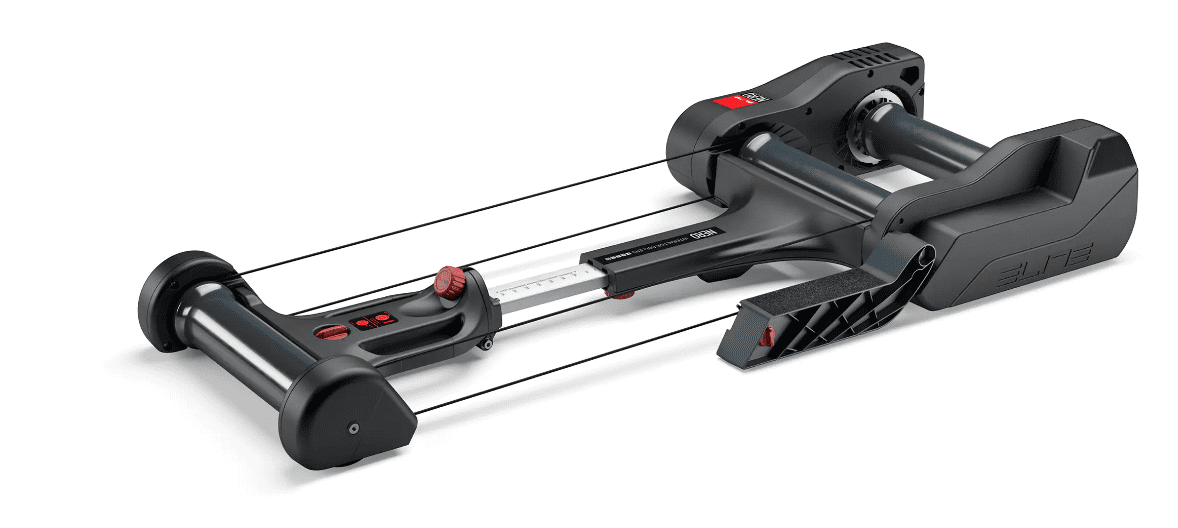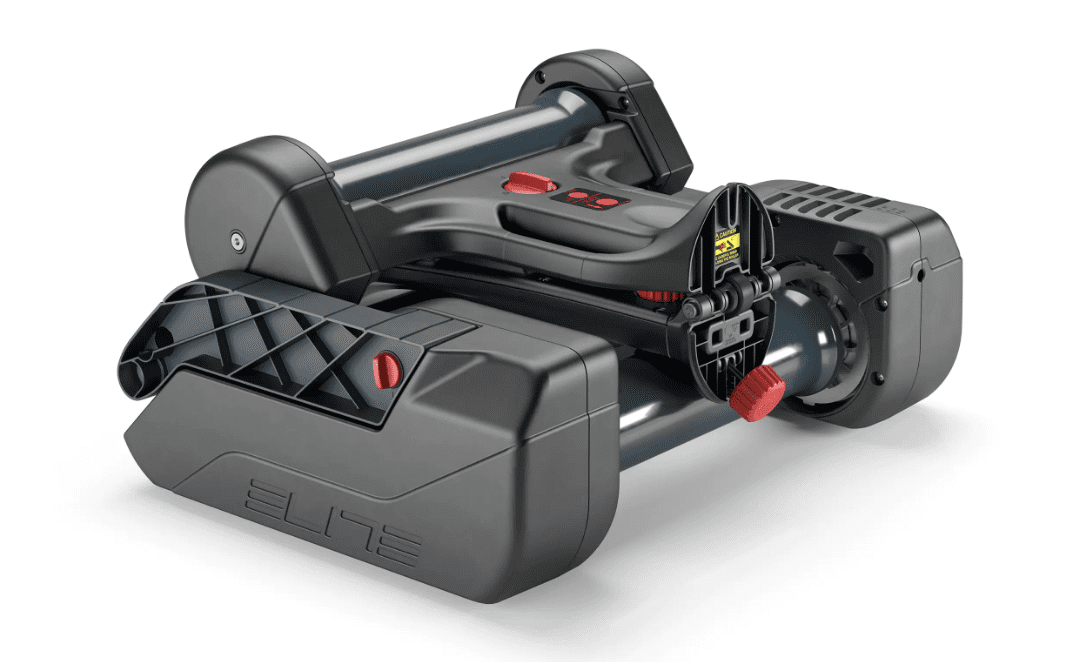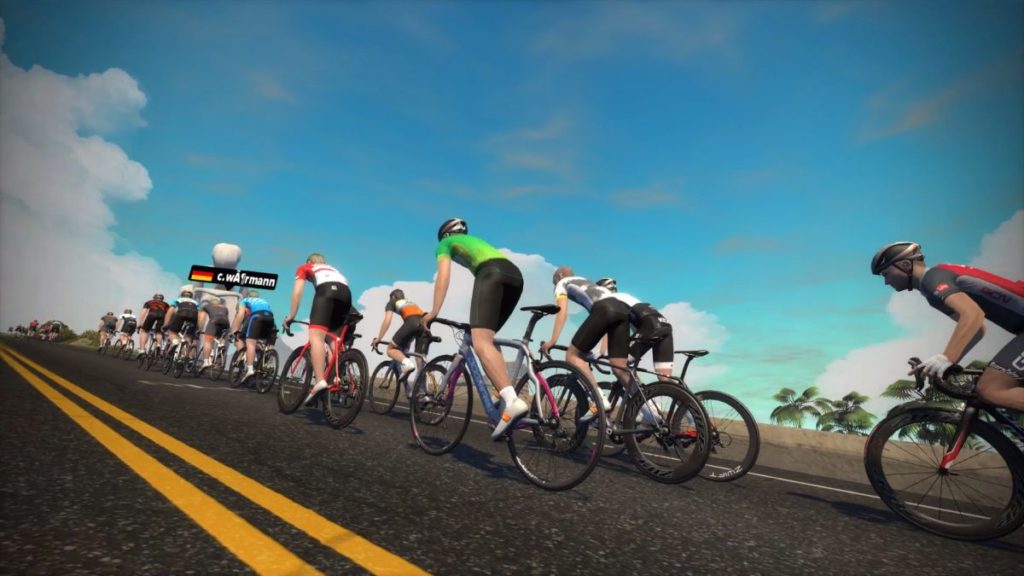You have arrived at the final week of MEC’s four-week training plan. For the past three weeks, you have been building your fitness. Congratulations on reaching the end of this training block! If you want to keep building fitness, the plan is designed so that you can head back to Week 1 to keep working toward spring and stay fit during the cold-weather months.

Four-week MEC training plan outline
Training improves your aerobic ability by putting your body through workouts of various durations and intensities. You need to be able to hold steady efforts, respond to attacks with bursts of speed and sprint to close gaps or to cross the finish line first. This four-week training plan is built around long low-intensity base training that will help build the foundation for harder efforts. Some workouts will also focus on anaerobic fitness to build the form for surges and short, intense efforts.
To use this training plan, you will need to find your baseline fitness by doing a functional threshold power (FTP) test. (The classic way to calculate FTP is with Hunter Allen’s method.) The training program is built cyclically so you can run through it as many times as you’d like during the winter. Just make sure to retest your fitness so you can build on the work you’ve already done. The plan starts with a focused on endurance and tempo before gradually transitioning into more intense intervals with a week of recovery.
The four-week MEC training plan started with Week 1, focused on tempo and endurance, and Week 2, focusing on aerobic ability. Week 3 was all about intensity and developing top-end power.
Week 4
5:50 hours
Approx. TSS: 280
The fourth and final week of the plan focuses on recovery and helping your body reap the benefits of the past three weeks of structured work. Rest is vital to give your body the time needed to adjust and adapt to your training. This is how you improve and get stronger. Proper rest will also allow your body to do the prescribed efforts in future training weeks to continue to build your fitness for the outdoor riding season. Remember to do a functional threshold power (FTP) test periodically to see how you are progressing and adjust your training accordingly. (The classic way to calculate FTP is with Hunter Allen’s method.)
Monday – Rest
Start your training week with a day of rest. If your body is craving a ride, you can spin the legs easy for 40 minutes in Zone 1. As we’ve said before, days off the bike are an excellent time to focus on strength and core training. You can do 25 to 30 minutes of work off the bike, such as planks, crunches, leg raises, squats and push-ups. It’s a great idea to do some light stretching and activation drills to limber up and build a routine you can employ before and after rides whenever you can.
Tuesday – Easy Spin with Bursts
Tuesday also shouldn’t be a taxing day. It is a recovery week after all, but that doesn’t mean you need to give up intensity totally. Freeride for 40 minutes at a nice and easy pace. Stay in Zone 1 for most of the ride but incorporate two to three short bursts of intensity of 10 to 15 seconds. They don’t need to be all-out sprints, but you should be out of the saddle giving it a good go.
Wednesday – Zwift Race using the Zwift Event module
As we did during the first week of the training plan, we will use a Zwift race to ensure your body doesn’t forget how to handle intense riding. Pick a Zwift race in the Event Module that lasts between 40 and 60 minutes. Incorporate a 20-minute warm-up into the ride during which you should do two to three hard efforts lasting no longer than one to two minutes. After the race, give yourself 10 to 20 minutes to cool down. During the race, work hard but don’t bury yourself.
Thursday – Easy Spin with Bursts
Another easy 40-minute spin with a couple of hard efforts. Keep your effort in Zone 1 and incorporate two to three 10 to 15 second short bursts. They don’t need to be all-out sprints but you should be pushing hard and out of the saddle.
Friday – Rest Day
Friday is another rest day. Allow your body a full day of recovery and avoid physical activity.
Saturday – FTP Test
At the end of the training plan, you should test your FTP again, establishing a baseline and preparing you to re-embark on this four-week training plan with a better idea of where your fitness is after a solid block of training. It’s important to keep your FTP up to date so you will be working with correct efforts for your workouts. If you don’t update your baseline numbers, your training won’t account for your improvement and the work you will do will be less effective. The chance you reach a plateau is much higher.
Sunday – Fun Day
The final day of the MEC training plan should be a fun opportunity to test yourself. The ride should last between two and two and a half hours. You have two options to ensure you get the efforts in. You can join a KISS 100-km race or do some freeriding on a tough route for two to two and a half hours. With the week over and with an updated FTP test under your belt, you are ready to head back to Week 1 and keep the momentum going.
Elite Nero Interactive Roller
Rollers provide a more immersive indoor riding experience than most trainers because you need to engage your balance to keep the bike upright while riding. You can rock your bike back and forth while getting out of the saddle, which makes the riding feel more natural than when the bike is held in place on a trainer. While rollers generally take up a bit more space when set up, they provide a more natural ride feel that many cyclists really like. The Elite Nero Interactive Roller is designed to keep the feel of rollers while giving the features of a direct-drive smart trainer. Tracking your power, speed and cadence while you ride, and giving you compatibility with virtual riding software like Zwift makes it straightforward to start embarking on MEC’s four-week training plan.

The Elite Nero Interactive Roller is foldable making setting it up and then storing it when you are finished riding easy. To facilitate mounting and dismounting your bike, it features a fold-out step. Once you are riding, the Nero’s parabolic roller design gently guides the bike’s wheels back to the centre if you wander toward the edges.
Rollers already boast good ride quality, but the Nero goes a step further. It uses what Elite calls Quick-motion technology allowing the rollers to shift, absorbing jerky movements and enhancing the ride feel. Two 2.7 kg flywheels contribute to the rollers’ road feel and resistance. When you are riding on Zwift and hit a hill, the rollers can simulate gradients of up to seven per cent increasing the immersion of your online riding experience. Compatible with Zwift, Trainer Road, Kinomap, Rouvy, The Sufferfest and more, the trainer won’t limit your riding in virtual worlds.
To accommodate a range of bikes of various sizes, there are 11 wheelbase adjustment positions. The smart roller can broadcast your speed, cadence and power via Bluetooth and ANT+ to your bike computer or phone. The rollers have a maximum of 1,360 W or 830 W at 40 km/h, which should be sufficient for most recreational cyclists’ purposes.

Offering the features of a smart trainer and the ride quality of rollers, the Elite Nero Interactive is the perfect training tool to take your riding to the next level during Canada’s cold-weather months.
The Elite Nero Interactive Roller is available at MEC for $1,099.


